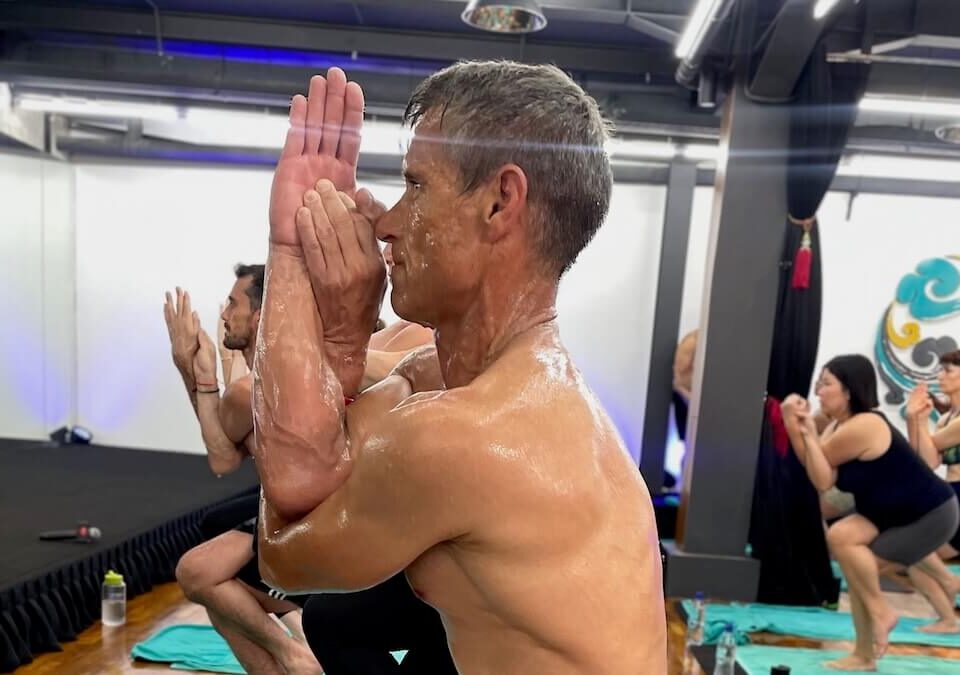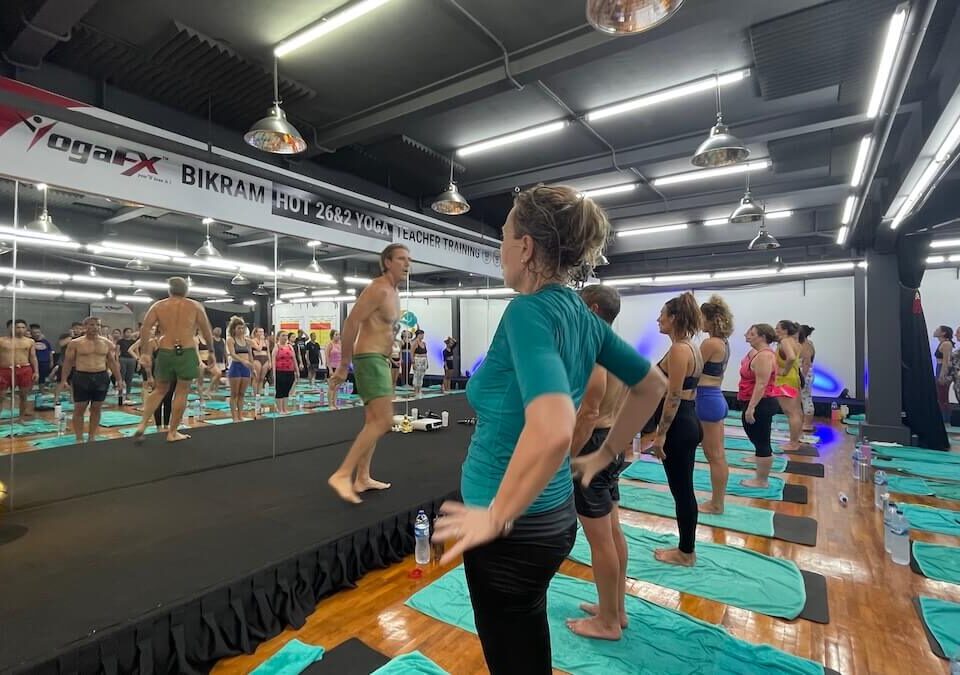
In the ever-growing world of yoga, the demand for qualified, certified yoga instructors is on the rise. As yoga continues to expand its reach across the globe, having the right credentials is essential for anyone looking to teach and share this ancient practice with others.
A 200-hour Yoga Alliance certification is the gold standard in the industry, providing you with the skills, knowledge, and global recognition needed to succeed as a yoga teacher.
This article will guide you through the steps to obtain this certification, explore the various options available, including the innovative hybrid program offered by YogaFX, and help you embark on your journey to becoming a certified yoga instructor.
Understanding the 200 Hour Yoga Alliance Certification

Embarking on the journey to become a certified yoga instructor starts with understanding what the 200-hour Yoga Alliance certification entails. This section will break down the essentials of this foundational certification, why it’s crucial for your career as a yoga teacher, and who stands to benefit the most from obtaining it.
What is it?
The 200-hour Yoga Alliance certification is the foundational level of training for aspiring yoga teachers. Recognized worldwide, this certification is a mark of excellence that ensures you have received comprehensive training in all aspects of yoga. The 200-hour designation refers to the total number of hours spent learning, practising, and studying yoga in a structured program that meets the standards set by the Yoga Alliance.
The Yoga Alliance, a globally recognized organization, sets the standards for yoga teacher training programs. Their certification ensures that instructors are well-trained and capable of teaching yoga safely and effectively. The 200-hour certification is the first step in a teacher’s journey, laying the groundwork for more advanced training and specializations.
Who is it for?
The 200-hour Yoga Alliance certification is designed for anyone who wants to deepen their yoga practice and share their knowledge with others. Whether you’re an experienced practitioner looking to transition into teaching or a yoga enthusiast seeking to formalize your skills, this certification is your gateway to a fulfilling career in yoga. It’s also suitable for those who wish to deepen their personal practice and gain a deeper understanding of yoga beyond the physical postures.
Why it matters
Being certified by Yoga Alliance carries significant weight in the yoga community. It not only validates your skills and knowledge but also opens doors to teaching opportunities around the world. With this certification, you can teach at yoga studios, gyms, wellness centres, and even start your own yoga classes. Moreover, it provides a strong foundation for continued learning, allowing you to pursue advanced certifications and specializations in areas such as prenatal yoga, yoga therapy, or advanced asana practice.
The Path to Yoga Alliance Certification
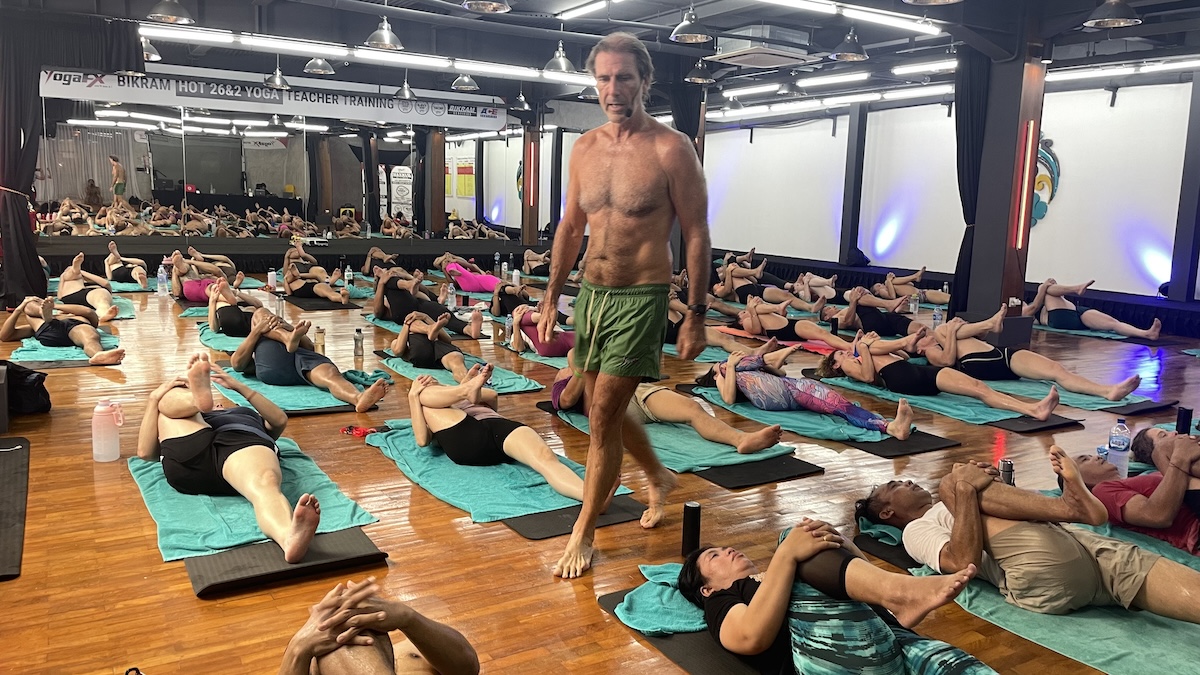
Now that you understand the significance of the 200-hour Yoga Alliance certification, it’s time to explore the various paths you can take to obtain it. This section will delve into the traditional route of in-person training, the modern option of online programs, and the best of both worlds: hybrid training programs that combine the strengths of both.
Traditional In-Person Training
For many years, the traditional path to obtaining a 200-hour Yoga Alliance certification was through in-person training programs. These programs are typically conducted in yoga studios, retreat centres, or as part of intensive courses in exotic locations. The in-person format offers a fully immersive experience, where you can engage directly with instructors, practice alongside fellow students, and benefit from hands-on adjustments and feedback.
One of the main advantages of in-person training is the sense of community and connection that develops among participants. The shared experience of learning and growing together can be incredibly powerful and often leads to lifelong friendships. Additionally, being physically present in a dedicated learning environment allows for a deeper focus on your practice, free from the distractions of daily life.
However, traditional in-person training comes with its own set of challenges. The time commitment required can be significant, often necessitating taking time off work or rearranging your schedule. Travel costs and accommodation expenses can also add up, making this option less accessible for some individuals.
Online and Hybrid Training Programs
In recent years, online learning has revolutionized the way people pursue yoga teacher training. The rise of digital platforms and the increased availability of high-quality online courses have made it possible for students to complete their 200-hour Yoga Alliance certification from the comfort of their own homes.
Online programs offer unparalleled flexibility, allowing you to study at your own pace and on your own schedule. This is especially beneficial for those who have work or family commitments that make it difficult to attend in-person classes. Online training also tends to be more cost-effective, as it eliminates the need for travel and accommodation expenses.
One of the most exciting developments in the world of yoga teacher training is the emergence of hybrid programs. These programs combine the best of both worlds: the flexibility of online learning with the immersive experience of in-person training. Typically, a hybrid program will include online modules that you can complete at your own pace, followed by an in-person intensive where you can practice what you’ve learned and receive personalized guidance from instructors.
Hybrid programs are an excellent option for those who want the convenience of online learning but also value the hands-on experience of in-person training. YogaFX, for example, offers a unique hybrid 200-hour certification program that allows you to complete the theoretical components online and then participate in an immersive in-person retreat in Bali. This approach provides the flexibility you need while ensuring that you receive the full benefits of face-to-face instruction.
How to Choose the Right Yoga Alliance Certification Program
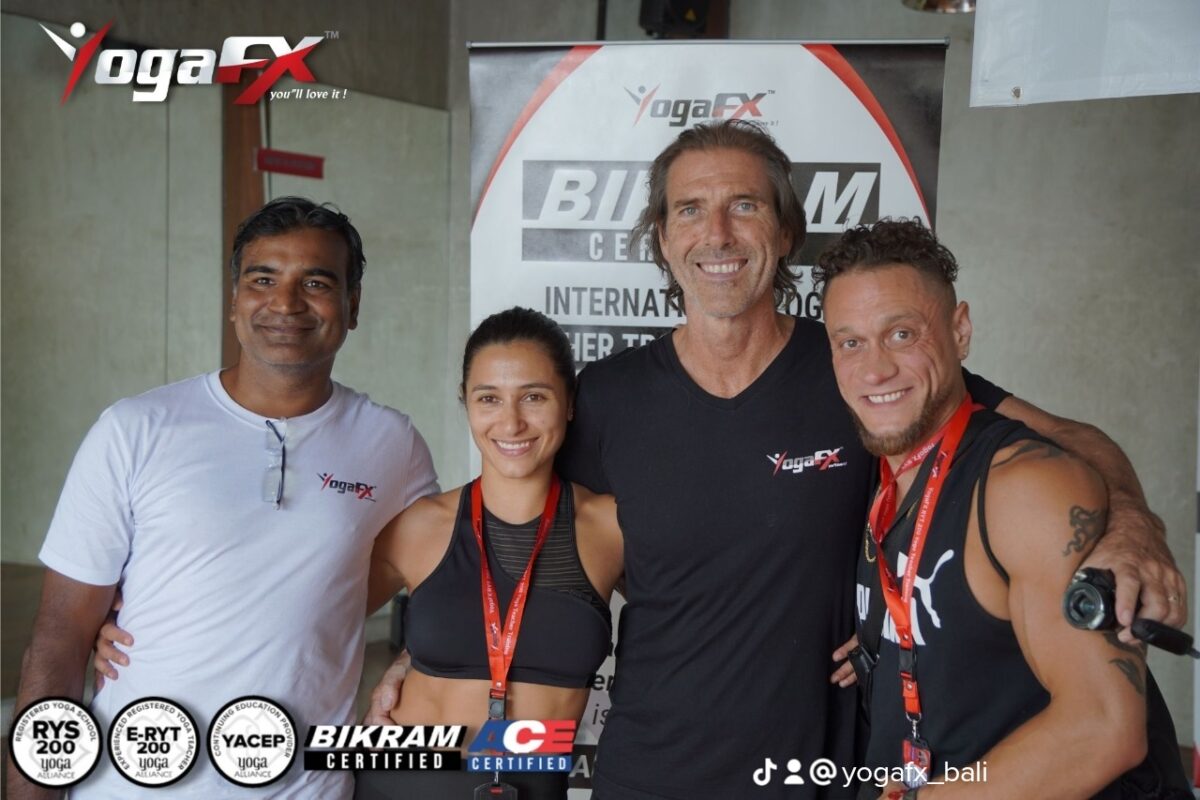
With so many options available, choosing the right 200-hour Yoga Alliance certification program can seem overwhelming. This section will help you navigate the decision-making process by outlining the key factors to consider, from accreditation to curriculum, and spotlight the YogaFX hybrid program as a standout option.
Factors to Consider
When choosing a 200-hour Yoga Alliance certification program, several factors should be taken into account to ensure that you select the program that best suits your needs and goals.
- Accreditation: The most important factor is to ensure that the program is accredited by the Yoga Alliance. Only programs that meet the Yoga Alliance’s rigorous standards are eligible to provide certification, so this should be a non-negotiable requirement.
- Curriculum: A comprehensive curriculum is essential for a well-rounded education in yoga. A good 200-hour program should cover a wide range of topics, including asanas (postures), pranayama (breathing techniques), meditation, anatomy and physiology, yoga philosophy, and teaching methodology. The curriculum should also include practical teaching experience, where you have the opportunity to lead classes and receive feedback from instructors.
- Instructor Credentials: The quality of the instructors can make a significant difference in your learning experience. Look for programs taught by experienced, certified teachers who have a deep understanding of yoga and a passion for sharing their knowledge. Research the instructors’ backgrounds, including their training, teaching experience, and areas of specialization.
- Reviews and Testimonials: One of the best ways to gauge the quality of a yoga teacher training program is to read reviews and testimonials from past students. Look for feedback on the overall experience, the quality of instruction, and the level of support provided throughout the program. Positive reviews from satisfied graduates are a strong indicator of a reputable program.
YogaFX Hybrid Program
YogaFX offers a 200-hour hybrid certification program that combines the convenience of online learning with the immersive experience of in-person training. The program is designed to provide you with a comprehensive education in yoga, while also accommodating your busy lifestyle.
The YogaFX hybrid program includes a series of online modules that cover the theoretical aspects of yoga, such as anatomy, philosophy, and teaching methodology. These modules can be completed at your own pace, allowing you to fit your studies around your existing commitments.
Once you’ve completed the online portion of the program, you’ll have the opportunity to attend a 10-day in-person intensive in Bali. During this retreat, you’ll deepen your practice, refine your teaching skills, and connect with fellow students and instructors in a supportive, inspiring environment. The combination of online and in-person learning ensures that you receive a well-rounded education that prepares you to teach yoga with confidence and authenticity.
Preparing for Your 200 Hour Certification
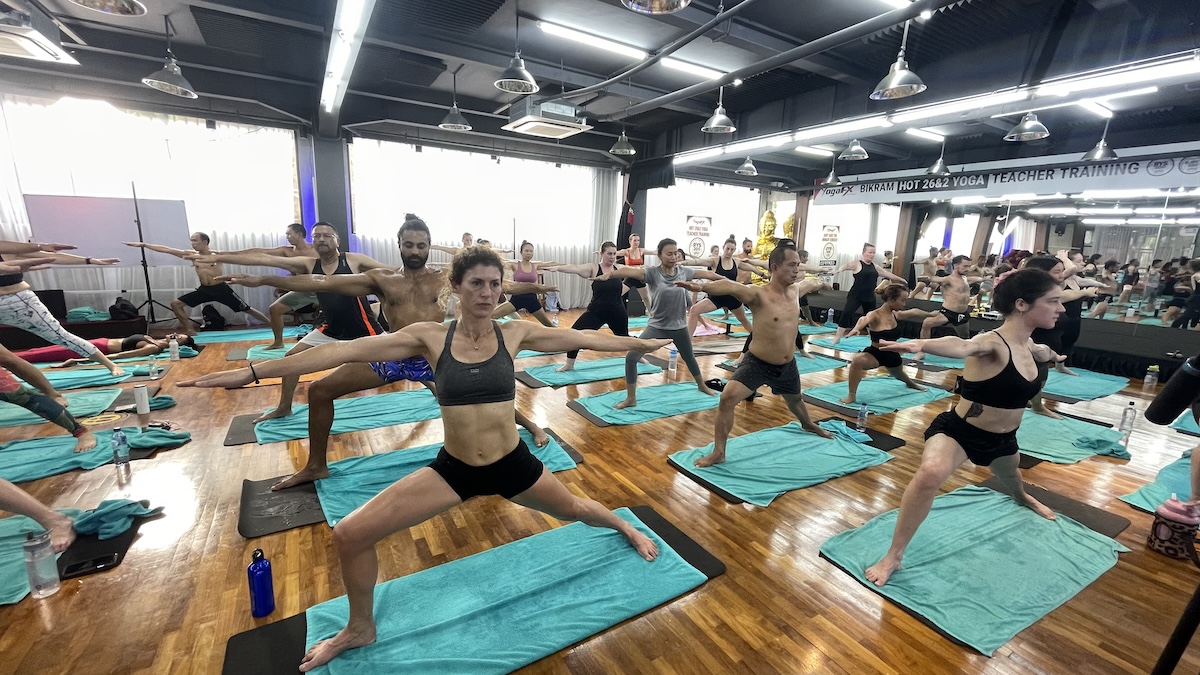
Before diving into a 200-hour Yoga Alliance certification program, it’s essential to prepare yourself both physically and mentally. In this section, we’ll cover the steps you can take to get ready for the demands of the training, as well as the resources that can help you succeed.
Physical Preparation
Before embarking on your 200-hour yoga teacher training, it’s important to ensure that you’re physically prepared for the demands of the program. While yoga is accessible to people of all fitness levels, a 200-hour training course can be physically intensive, especially if you’re participating in a full-time or immersive program.
Begin by establishing a consistent yoga practice in the months leading up to your training. Focus on building strength, flexibility, and endurance, as these qualities will be essential during the course. Incorporating a variety of yoga styles into your practice, such as vinyasa, hatha, and restorative yoga, can help you develop a well-rounded skill set.
In addition to your yoga practice, consider incorporating other forms of exercise that support your physical fitness, such as strength training, cardiovascular exercise, and mobility work. These activities can help you build the physical stamina needed to sustain a rigorous yoga practice over an extended period.
Mental Preparation
Yoga teacher training is not just a physical journey—it’s also a mental and emotional one. Preparing yourself mentally for the challenges and growth opportunities that lie ahead is crucial for a successful training experience.
Begin by cultivating a mindset of openness and curiosity. Approach your training with a willingness to learn, grow, and step outside your comfort zone. Remember that yoga is a lifelong journey, and your 200-hour certification is just the beginning.
Developing a meditation practice can also be incredibly beneficial as you prepare for your training. Meditation helps you cultivate mindfulness, focus, and inner calm—qualities that will serve you well both during your training and in your future teaching career.
Study Resources
To get a head start on your studies, consider exploring some of the foundational texts and resources commonly used in 200-hour yoga teacher training programs. These may include:
- “The Yoga Sutras of Patanjali”: A key philosophical text that explores the eight limbs of yoga and the path to spiritual liberation.
- “Light on Yoga” by B.K.S. Iyengar: A comprehensive guide to asanas, pranayama, and the philosophy of yoga.
- “The Bhagavad Gita”: A classic Indian scripture that offers deep insights into the practice of yoga and the nature of the self.
- “The Key Muscles of Yoga” by Ray Long: An essential resource for understanding the anatomy and biomechanics of yoga postures.
Familiarizing yourself with these texts before your training begins can provide you with a strong foundation in yoga philosophy, anatomy, and practice.
The Certification Process

Understanding the certification process is key to successfully completing your 200-hour Yoga Alliance program. In this section, we’ll break down what you can expect in terms of course structure, assessments, and the steps you’ll take after completing your training.
Course Structure
The structure of a 200-hour Yoga Alliance certification program can vary depending on the format and the specific program you choose. However, most programs follow a similar structure that includes a mix of theoretical study, practical training, and teaching practice.
- Theoretical Study: This component covers the foundational aspects of yoga, including anatomy, philosophy, teaching methodology, and the principles of alignment. You’ll learn about the history and philosophy of yoga, the science of breath and energy, and the ethical guidelines for yoga teachers.
- Practical Training: The practical component of the course focuses on the physical practice of yoga. You’ll deepen your understanding of asanas, explore different styles of yoga, and learn how to create and sequence classes. This part of the training often includes daily yoga practice, hands-on adjustments, and posture clinics.
- Teaching Practice: Teaching practice is a critical aspect of your training, as it allows you to apply what you’ve learned in a real-world setting. You’ll have the opportunity to lead classes, receive feedback from your instructors, and develop your teaching style. By the end of the course, you’ll feel confident and prepared to teach yoga to others.
Assessments and Exams
Most 200-hour Yoga Alliance certification programs include some form of assessment to ensure that you’ve mastered the material and are ready to teach. These assessments may include written exams, practical teaching demonstrations, and group projects.
Written exams typically cover the theoretical aspects of yoga, such as anatomy, philosophy, and teaching methodology. Practical assessments may involve leading a class or demonstrating specific asanas and adjustments. Your instructors will provide guidance and feedback throughout the process, helping you refine your skills and address any areas that need improvement.
Post-Certification
After successfully completing your 200-hour training, you’ll receive a certificate of completion from your training program. To officially become a registered yoga teacher (RYT) with Yoga Alliance, you’ll need to submit your certificate and apply for registration on the Yoga Alliance website. Once your application is approved, you’ll be listed in the Yoga Alliance directory, making it easier for potential students and employers to find you.
Becoming a registered yoga teacher with Yoga Alliance also gives you access to a variety of resources and benefits, including continuing education opportunities, networking events, and discounts on yoga-related products and services.
Advantages of Being Yoga Alliance Certified
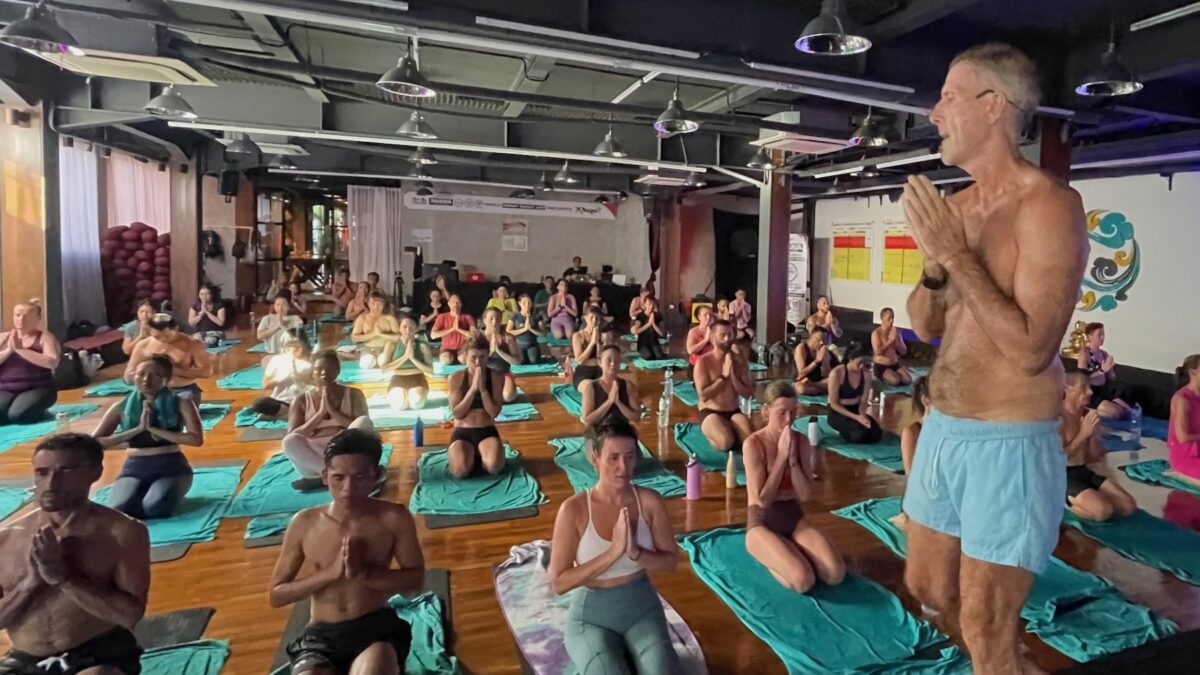
Earning a 200-hour Yoga Alliance certification offers numerous benefits beyond just the ability to teach yoga. This section will highlight the advantages that come with being Yoga Alliance certified, including global teaching opportunities, enhanced professional credibility, and access to a supportive community.
Global Teaching Opportunities
One of the biggest advantages of being Yoga Alliance certified is the ability to teach yoga anywhere in the world. The Yoga Alliance is a globally recognized organization, and its certification is respected by yoga studios, wellness centres, and fitness facilities across the globe. Whether you dream of teaching in your hometown or travelling the world as a yoga instructor, a Yoga Alliance certification opens up a world of possibilities.
Professional Credibility
Holding a Yoga Alliance certification enhances your credibility as a yoga teacher. It shows that you’ve completed a rigorous training program and have the knowledge and skills needed to teach yoga safely and effectively. This credibility can help you attract more students, secure teaching positions at reputable studios, and establish yourself as a respected yoga instructor in your community.
Community and Networking
As a Yoga Alliance certified teacher, you’ll join a global community of yoga instructors who share your passion for yoga and teaching. This community provides valuable opportunities for networking, learning, and collaboration. Yoga Alliance also offers a variety of continuing education programs, workshops, and events that allow you to deepen your knowledge, refine your teaching skills, and stay current with the latest trends and developments in the yoga world.
Conclusion
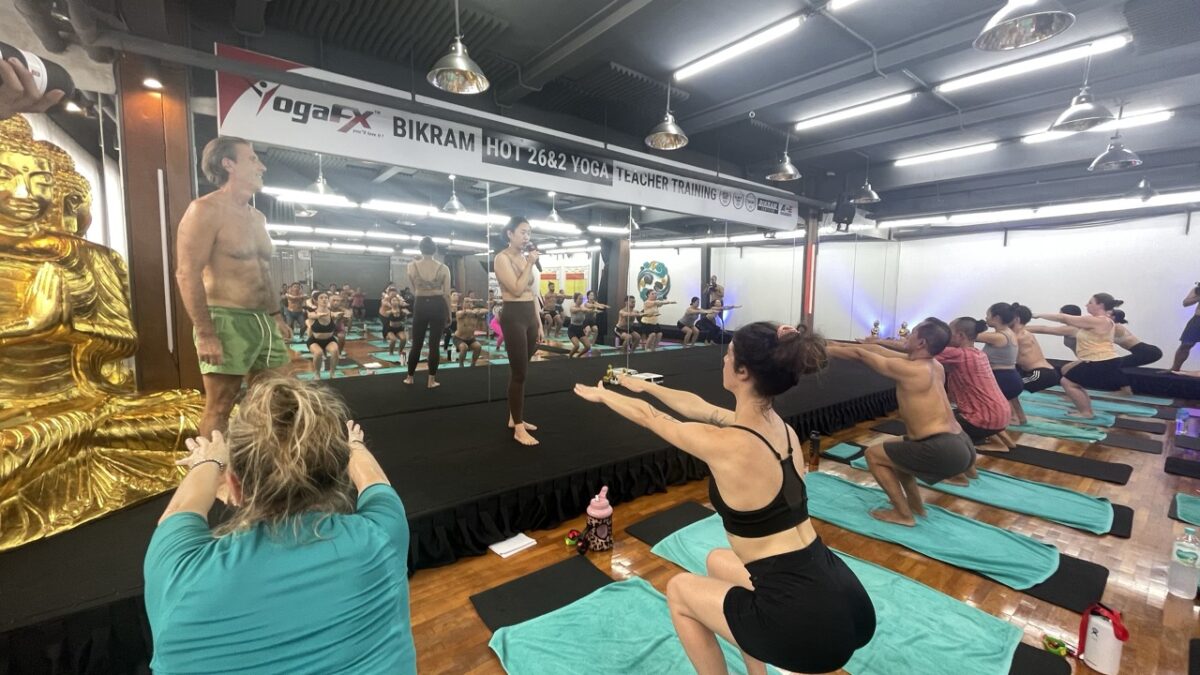
Obtaining a 200-hour Yoga Alliance certification is a transformative journey that equips you with the skills, knowledge, and credentials needed to teach yoga with confidence and authenticity. Whether you choose a traditional in-person program, an online course, or a hybrid option like the one offered by YogaFX, the benefits of becoming a certified yoga teacher are immense.
With your Yoga Alliance certification, you’ll be able to teach yoga anywhere in the world, build a successful teaching career, and inspire others to embark on their own yoga journeys. If you’re ready to take the next step in your yoga practice, consider enrolling in YogaFX’s 200-hour hybrid program, where you’ll receive comprehensive training from experienced instructors in a flexible, supportive environment. Contact YogaFX today to learn more and start your journey to becoming a certified yoga instructor.

